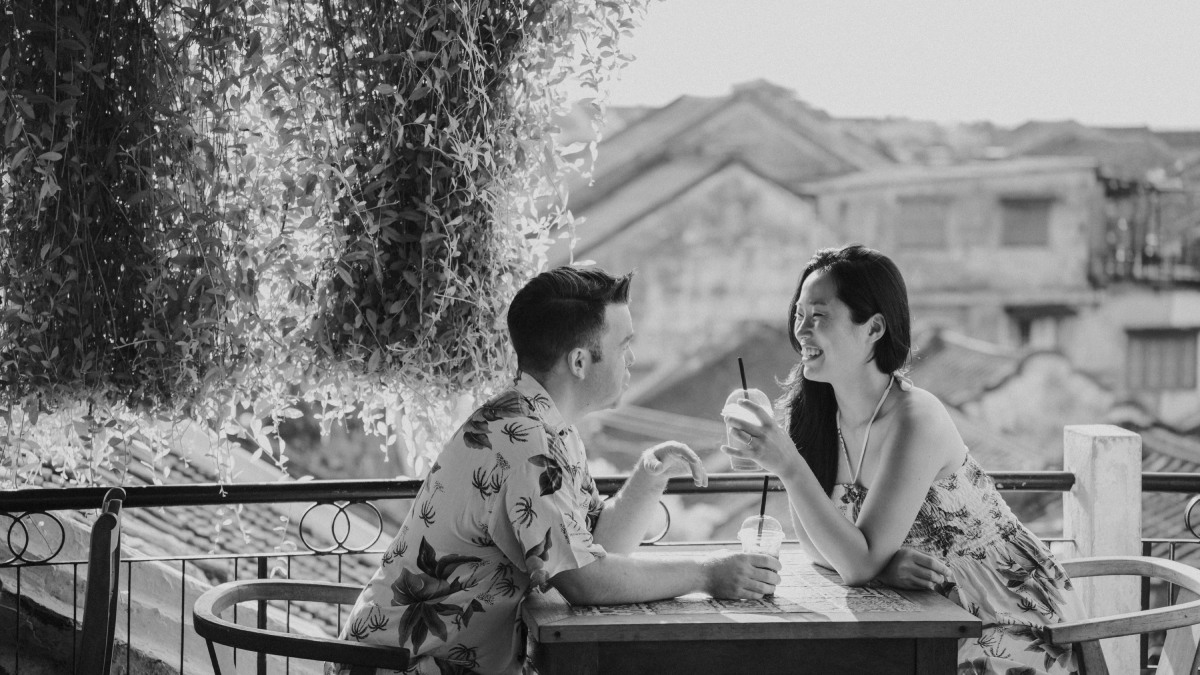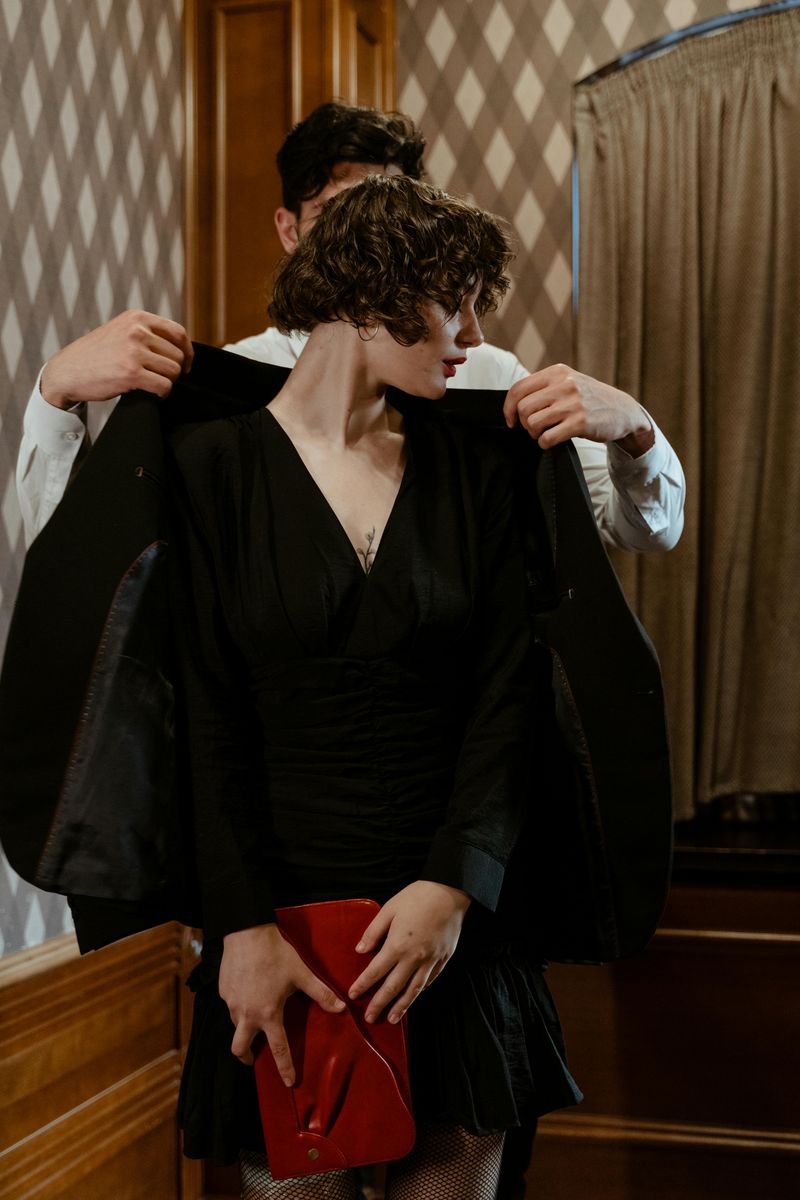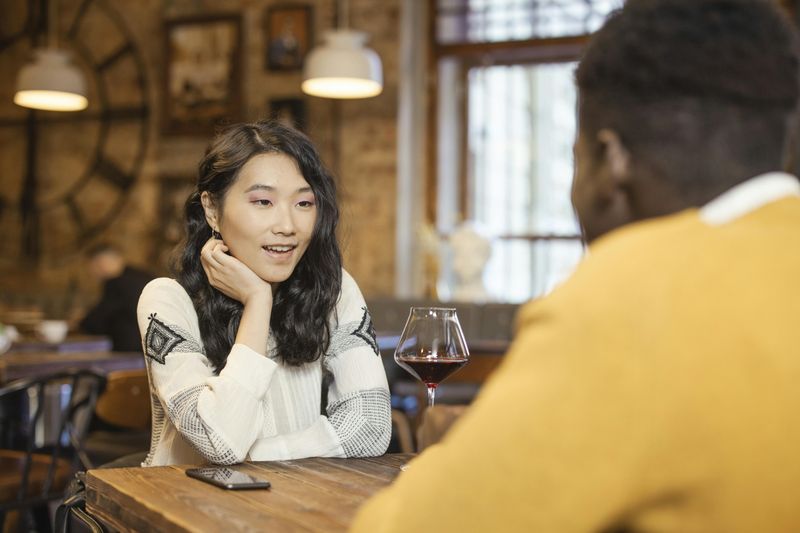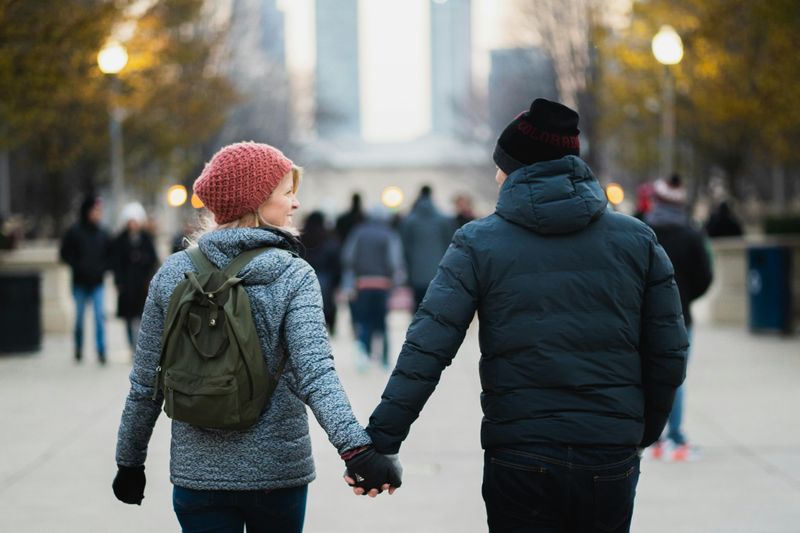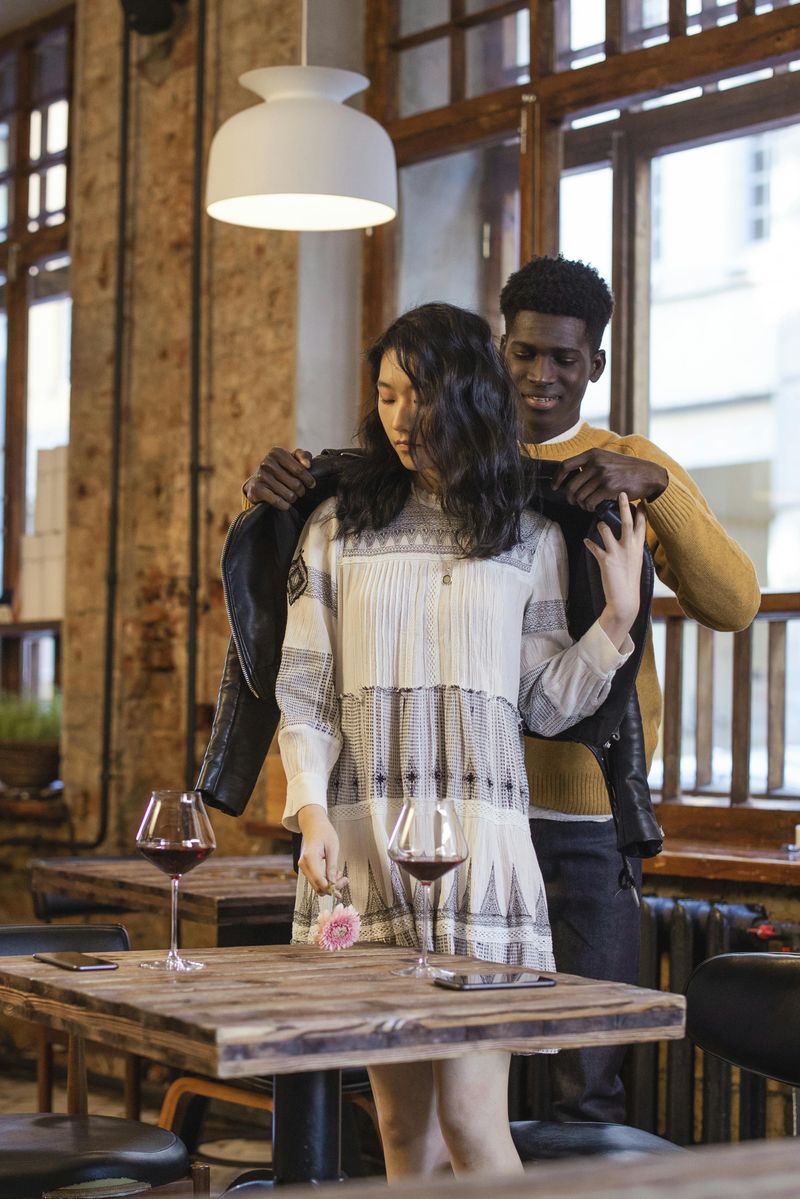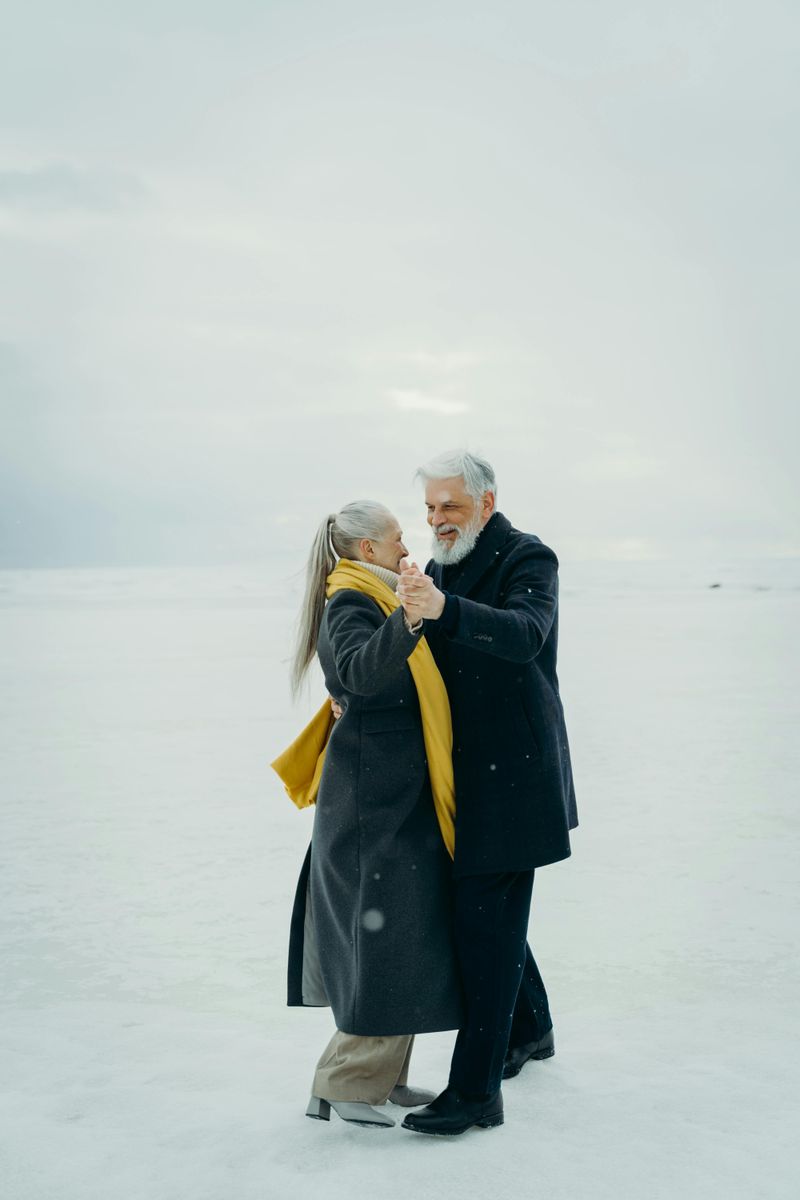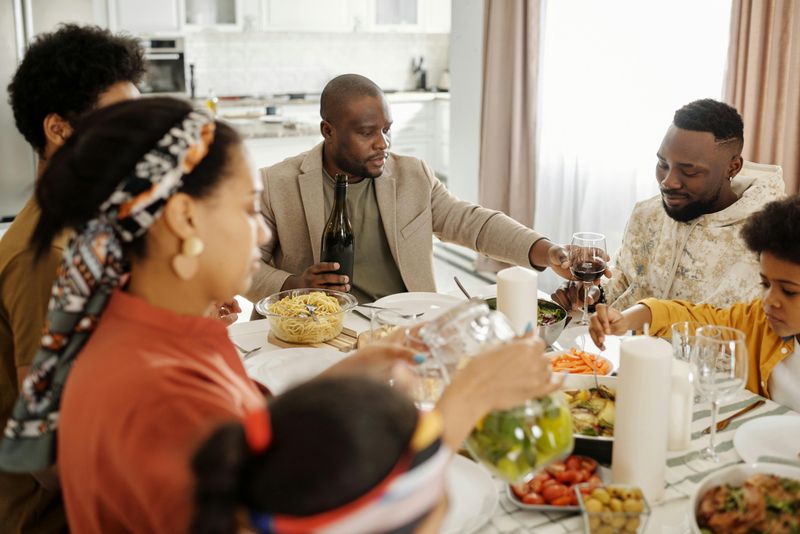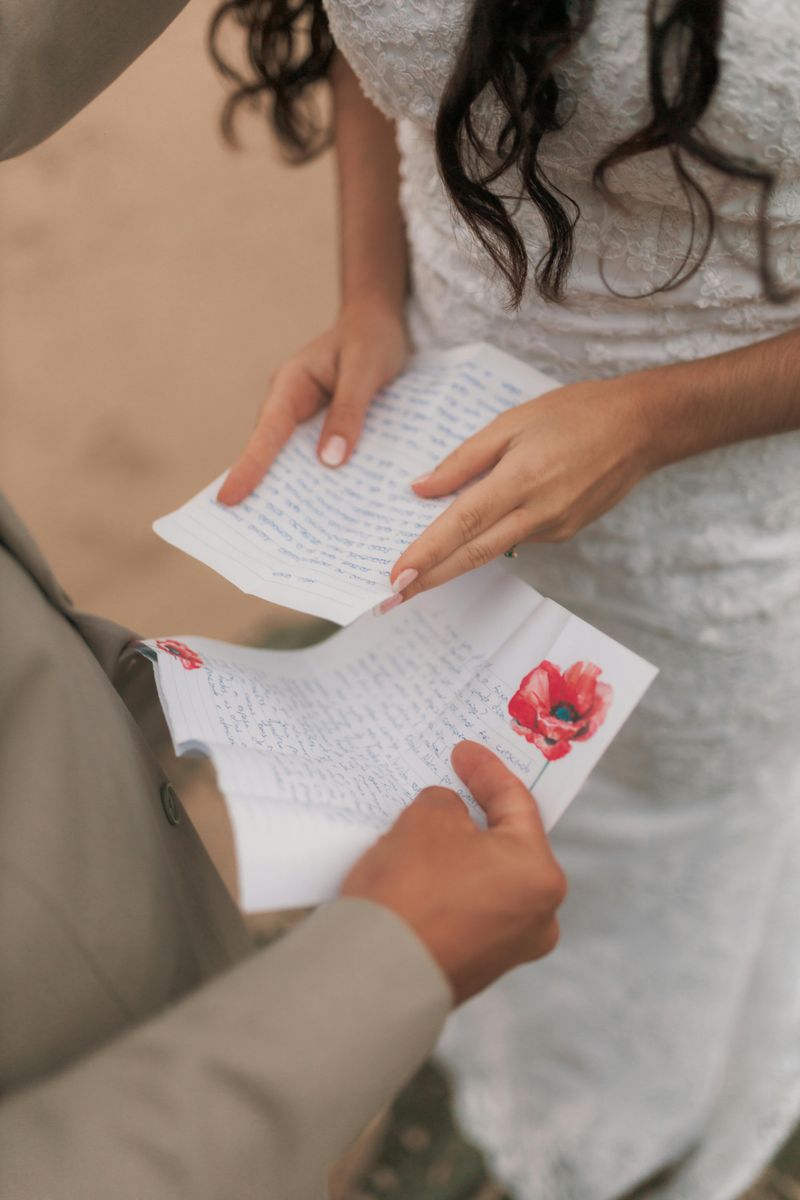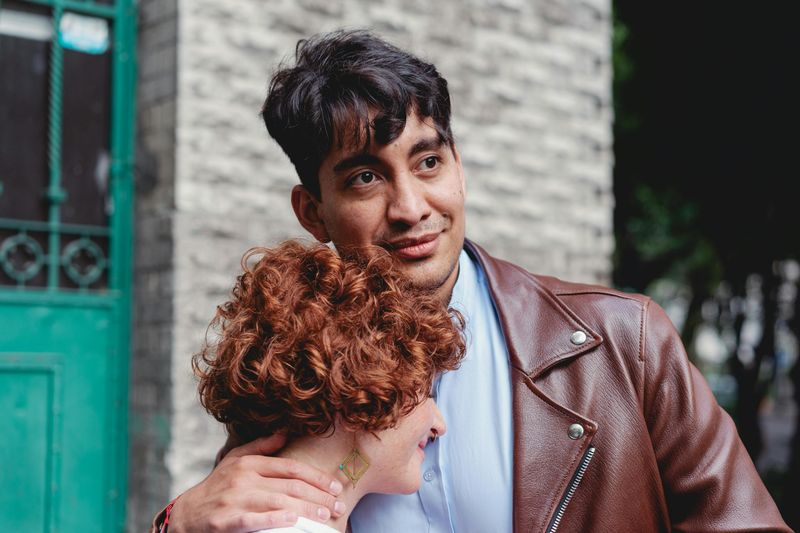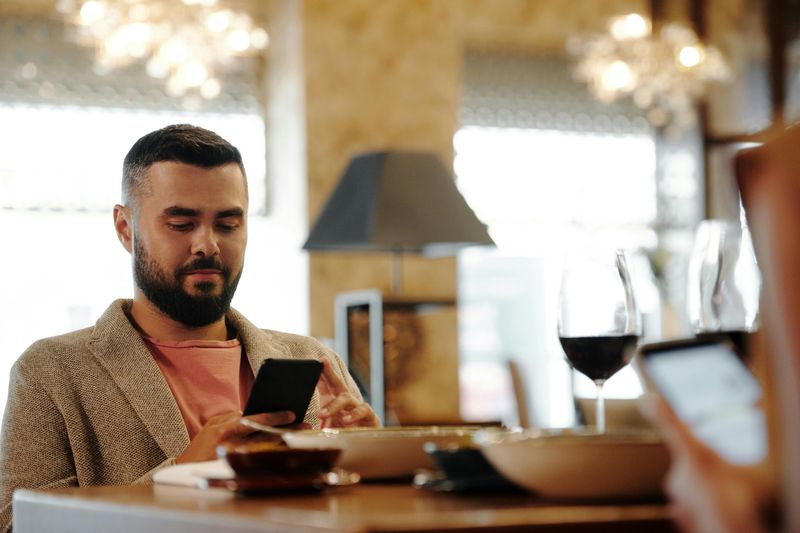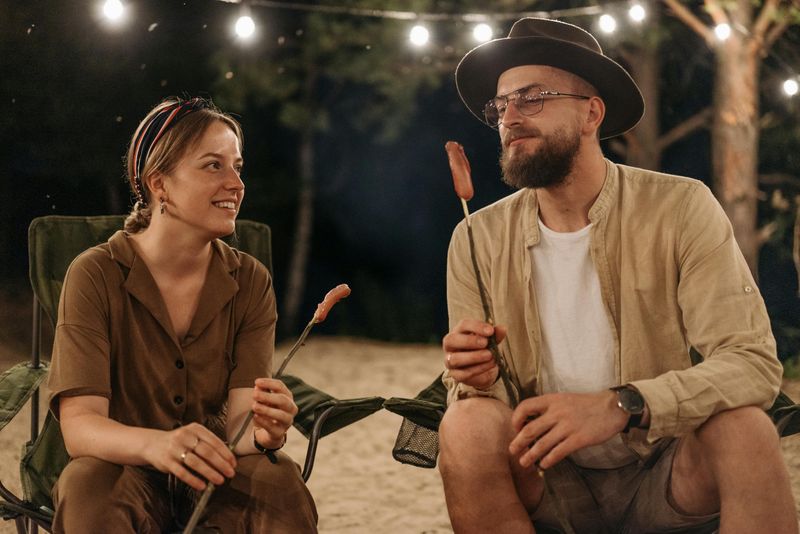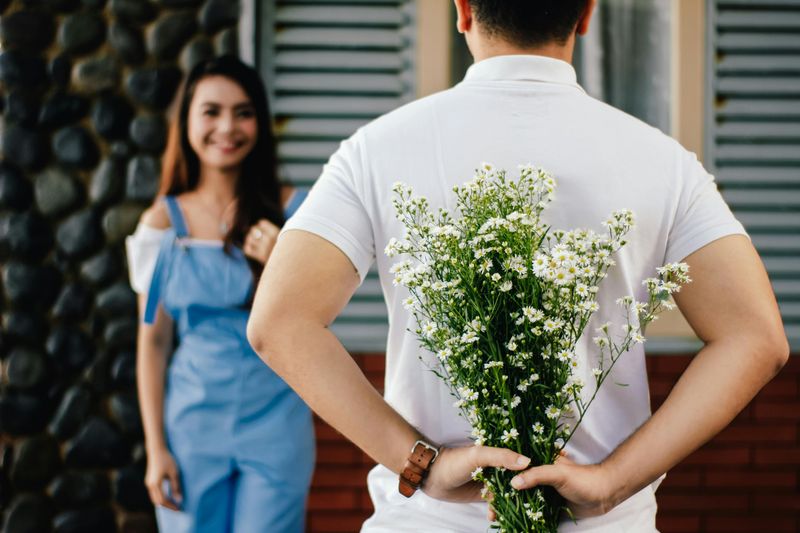Modern dating can feel confusing with all the mixed signals, ghosting, and unclear expectations. But there was a time when romance followed certain unspoken rules that made everything feel more intentional and meaningful. From handwritten love letters to actual phone calls, these old-school dating traditions created deeper connections and showed genuine effort that today’s swipe culture often lacks.
1. Calling Instead of Texting
Remember when hearing someone’s voice made your heart race? Phone calls used to be the gold standard for showing you actually cared. No lazy “wyd?” messages at midnight—just real conversations where you could hear laughter, tone, and emotion.
Every call felt like an event worth waiting for. You’d plan what to say, get nervous before dialing, and sometimes talk for hours without even realizing it.
Bringing back phone calls would mean less miscommunication and a more genuine connection. Voices carry warmth that emojis simply can’t replicate.
2. Dressing Up for Dates
Dates used to feel like special occasions, not casual hangouts in yesterday’s sweatpants. Getting dressed up wasn’t about being fancy—it was about showing respect and making the other person feel valued. The effort you put into your appearance reflected how much you cared.
Picking out the perfect outfit, fixing your hair, maybe adding a little cologne or perfume—it all built excitement. When both people made an effort, it set a tone that this wasn’t just another ordinary evening.
Today’s “come as you are” culture is comfortable, but sometimes comfort crosses into carelessness. Bringing back the tradition of dressing up could remind us that some moments deserve extra effort.
3. Showing Up on Time
Punctuality used to mean something. If your date said 7 p.m., they’d be there at 7 p.m.—not 7:30 with a string of “running late” texts. Being on time showed good manners, reliability, and genuine interest in making a good impression.
Nowadays, being late has become almost expected, with people treating arrival times as loose suggestions. However, consistently showing up late sends a message that your time matters less than theirs, which isn’t exactly a romantic gesture.
4. Proper First Dates (Not Just “Hanging Out”)
“Wanna chill?” isn’t exactly the stuff of romance novels. Old-school dating involved actual plans—dinner reservations, movie tickets, maybe even dancing. These structured dates created anticipation and made both people feel like the evening mattered.
When someone took the time to plan something special, it showed thoughtfulness and effort. You knew where you’d be, what you’d do, and that this was definitely a date, not some vague hangout that left you wondering.
5. Clear Intentions
“Situationships” weren’t really a thing back in the day. People were straightforward about whether they wanted something serious or casual—no cryptic social media posts to decode or guessing games about exclusivity.
Being upfront about intentions saved everyone time and heartache. If someone was interested in a committed relationship, they said so. If they weren’t ready, they communicated that too. Honesty might have felt scary, but it prevented months of confusion.
Today’s dating culture often avoids these conversations until someone gets hurt. Bringing back clear communication from the start would mean fewer misunderstandings and more respect for everyone’s feelings and time.
6. Courting Instead of Ghosting
Ghosting didn’t exist because people understood basic courtesy. If you weren’t interested anymore, you had an actual conversation about it—awkward as that might have been. Courting meant showing consistent, respectful interest, not vanishing without explanation.
Old-school courting involved thoughtful gestures: bringing flowers, planning dates, and following up afterward. People pursued each other with intention, making their interest crystal clear through actions, not just occasional late-night texts.
Disappearing on someone has become oddly normalized, but it’s still hurtful and immature.
7. Dancing Together
Slow dances, swing nights, even awkward middle school shuffles—dancing used to be a romantic ritual. Moving together to music created chemistry without screens, distractions, or the need for constant conversation. Just rhythm, closeness, and connection.
Dancing required confidence and vulnerability. You had to be physically present, reading each other’s movements and energy. Those moments built attraction in ways that swiping right never could, creating memories tied to specific songs.
8. Meeting Through Friends and Family
Before dating apps, most couples met through mutual friends or family connections. Someone who knew you both would say, “You two should meet,” and suddenly you had a built-in safety net of shared community.
These introductions added accountability and trust. If things went south, there were people who cared about both of you. Plus, friends often spotted compatibility that algorithms miss—shared humor, values, or interests that actually matter.
9. Love Letters and Handwritten Notes
Nothing beats finding a handwritten note tucked into your bag or mailbox. Old-school dating thrived on these little romantic gestures—letters you could hold, reread, and treasure for years. They required thought, time, and vulnerability.
Writing by hand feels more personal than typing. Every crossed-out word or doodle in the margin showed genuine effort. These weren’t just messages; they were keepsakes that captured a moment in time.
Texts disappear into endless threads, but letters become part of your story.
10. Picking Someone Up for the Date
Arriving at someone’s door—maybe even meeting their parents—added a personal, respectful dimension to dating. It showed you were willing to put yourself out there and treat the date as something real and intentional, not just a casual meetup.
Picking someone up required effort and courage. You couldn’t hide behind a “here” text from the driveway. This tradition made dates feel more official and demonstrated commitment before the evening even started.
11. Saying “Thank You” and Following Up
Gratitude was standard operating procedure. After a date, you’d call or send a note saying thank you—whether you wanted a second date or not. This simple courtesy showed appreciation for someone’s time and effort.
Following up wasn’t about playing games or waiting three days. It was about being straightforward and kind. If you had a good time, you said so. If the chemistry wasn’t there, you still acknowledged their company graciously.
12. Exclusivity Before Intimacy
Many old-school couples focused on building emotional connection and commitment before rushing into physical intimacy. This approach made relationships feel more deliberate and meaningful, with both people investing in getting to know each other deeply first.
Taking things slow allowed trust to develop naturally. Conversations, shared experiences, and vulnerability became the foundation, making physical intimacy feel like a natural next step rather than an awkward early encounter.
13. Making the Effort to Woo
Flowers, thoughtful surprises, handwritten poems—”wooing” was absolutely a real thing. People went the extra mile to show someone they cared, using creativity and effort to stand out and make their feelings known.
Wooing wasn’t about grand, expensive gestures; it was about thoughtfulness. Maybe you remembered their favorite candy or planned a picnic in their favorite park. These small acts demonstrated you were paying attention and willing to try.
Modern dating often feels transactional and low-effort by comparison. Bringing back the art of wooing would remind us that romance requires work, and that extra effort often creates the lasting bonds we’re all searching for.
